随机方向法齿轮减速器优化设计(CAD+SolidWorks三维造型+源程序)(任务书,开题报告,外文翻译,论文说明书24000字,CAD图纸4张,SolidWorks,源程序)
摘要:齿轮减速器优化设计。设计理念及方法包括很多,有传统方法一般需要经过调查分析、方案拟定、技术设计、零件工作图绘制等环节,初步订出一个设计方案,对齿轮的模数、齿数、尺宽、螺旋角以及传动比等取作设计变量进行优化设计,然后进行验算。但用这种方法设计出的减速器往往尺寸偏大或者只是某一条件的最优化,这可能并不是最优的设计方案,使许多工程问题悬而未决。
本文对单机圆柱齿轮减速器优化设计是对单机圆柱齿轮减速器的体积最小优化设计。主要问题包括齿轮传动的优化设计既可以成为多目标函数问题,故对多方面的的条件都考虑了,比如强度、刚度、稳定性等性能分析计算。这主要是利用边界约束和性能约束使得单机圆柱齿轮减速器的体积最小。
根据论文要求,本文采用采用随机方向法,以体积最小为目标进行减速器优化设计。单机圆柱齿轮减速器优化设计包括建立优化设计问题的数学模型和随机方向法优化方法与程序两方面的内容。数学模型一旦建立,减速器最小体积问题就变成一个数学求解问题。随机方向法随机方向法是一种原理简单的直接解法,它的优点是对目标函数的性态无特殊要求,程序计算,使用方便。通过计算机软件(frotran语言)编程,调试,运行,最后得出6个参考数据得到的减速器最小体积,理论上应该比常规计算的最小体积要小,而此时最小体积也是最优化结果,并且用三维软件SolidWorks设计画图。
关键词:优化设计 随机方向方法 齿轮减速器 3维设计
Optimal Design of gear reducer random method
Abstract: For optimum design of gear decelerator The major methods of the study traditionally include investigation, program planning, technical design and working drawing, etc. Generally speaking, designers combine personal experience and materials collected in order to get a preliminary design by the traditional methods, optimizing variables like modulus, number, square wide, helical angle and transmission ratio of the gear and checking in the end. However, decelerators designed via the traditional methods are often of bigger size and conditionally work, leaving many practical engineering problems unsettled.
The main aim of the article is to study the method to minimize the size of the single column-shaped gear decelerator. The article centers on boundary constraints and performance constraints,and considers assorted conditions of the decelerators like intensity, rigidity and stability, etc, to settle the problems of Multi-objective functions。
According to the requirement of paper, this paper using random direction method, with the target of smallest Volume to optimization design of gear reducer. The optimize design of single cylindrical gear reducer include the mathematical model of optimal design problem and random direction optimization method and procedure. Once established mathematical model, Minimum volume reducer become a mathematical solving problem. Random direction method is a simple direct solution principle whose advantage is no special requirements on the characteristic of objective function, program calculation, and easy to use. Through the computer software (frotran Software) Programming, debugging and running and finally reached six reference data of minimum volume gear reducer, theoretically, the volume should be smaller than the conventional calculation, and the minimum volume is the optimal result.
Keyword: Optimal Design random direction method gear reducer 3D design
Signature of Supervisor:
1、原始数据:
单级圆柱齿轮减速器,已知输入功率P=10kW,输入转速n1=960r/min,传动比i=5,
工作寿命15年,每年工作300天。
2、设计技术要求:
1)采用随机方向法,以体积最小为目标进行减速器优化设计;
2)与常规设计结果进行比较分析;
3)绘制减速器装配图及主要零件图。
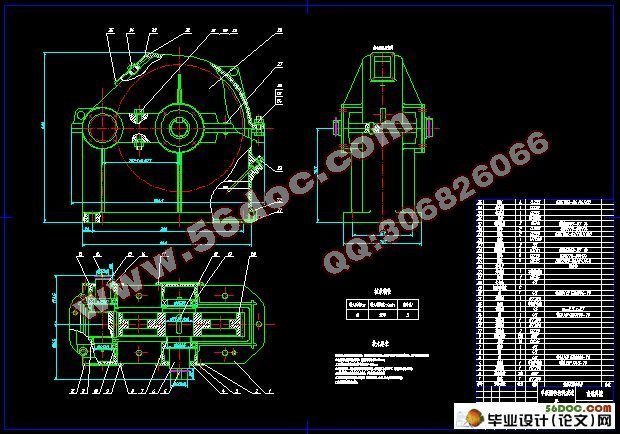
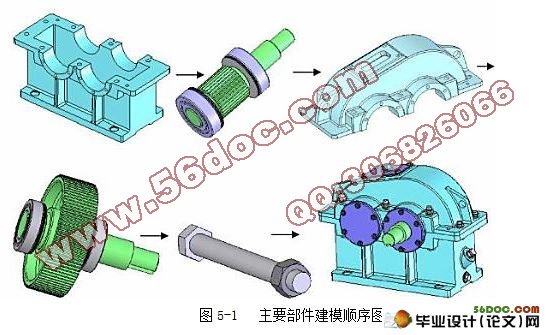
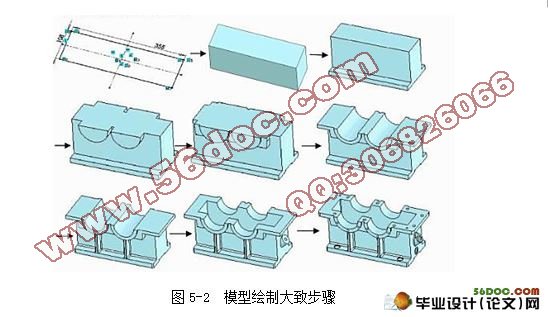
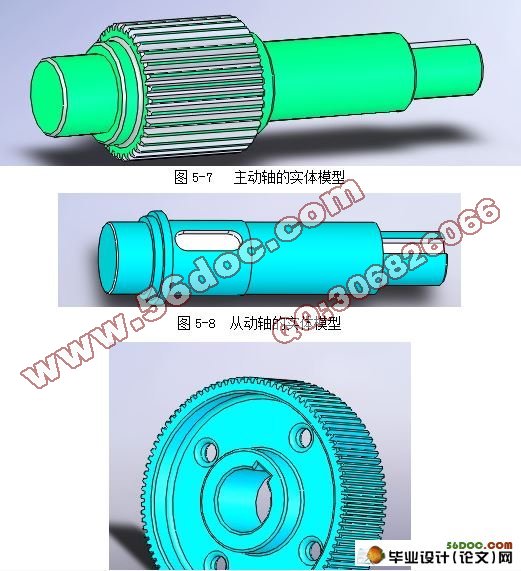
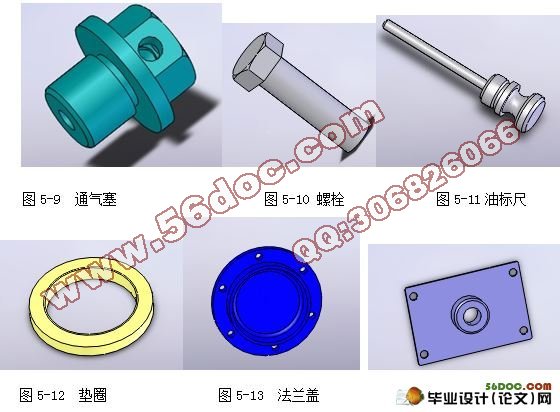
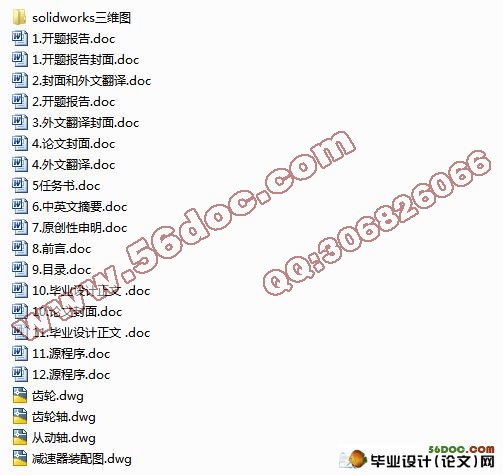
目 录
1. 绪论
1.1 课题的目的及意义……………………………………………………( 1 )
1.2 国内外研究概况及发展趋势…………………………………………( 2 )
1.3 优化设计的意义与发展………………………………………………( 4 )
1.4 研究内容及实验方案…………………………………………………( 5 )
1.5 优化设计的主要术语…………………………………………………( 5 )
1.6 减速器优化设计的分解………………………………………………( 9 )
1.7 优化设计的步骤………………………………………………………( 10 )
1.8 论文内容及其任务要求………………………………………………( 11 )
2. 单级圆柱齿轮优化设计的数学模型的建立
2.1 设计变量的确定………………………………………………………( 13 )
2.2 目标函数的确定………………………………………………………( 14 )
2.3 约束函数的建立………………………………………………………( 14 )
3. 优化设计方法----随机方向法
3.1 随机方向法简介………………………………………………………( 16 )
3.2 目标函数和约束条件确定……………………………………………( 20 )
3.3 优化结果………………………………………………………………( 23 )
3.4 优化结果分析…………………………………………………………( 24 )
4. 减速器的常规设计
4.1 传动装置的总体设计…………………………………………………( 25 )
4.1.1 电动机的选择………………………………………………………( 25 )
4.1.2 计算传动装置的运动和动力参数…………………………………( 25 )
4.2 带传动零件的设计计算………………………………………………( 26 )
4.3 齿轮的设计计算………………………………………………………( 28 )
4.4 轴的设计及校核………………………………………………………( 31 )
4.4.1 从动轴的设计………………………………………………………( 31 )
4.4.2 主动轴的设计………………………………………………………( 32 )
4.4.3 求轴上的载荷及轴的强度校核……………………………………( 33 )
4.5 滚动轴承的选择………………………………………………………( 36 )
4.6 键的选择及选择………………………………………………………( 37 )
4.7 减速器的润滑方式,密封形式及其他说明…………………………( 37 )
4.8 箱体主要结构尺寸的计算……………………………………………( 38 )
5. 绘制减速器装配图及主要零件图
5.1 SolidWorks概述………………………………………………………( 39 )
5.2 减速器的模型简述和分析……………………………………………( 39 )
5.3 创建减速器底座模型…………………………………………………( 40 )
5.4 创建主动轴及其组件模型……………………………………………( 42 )
5.5 创建从动轴及组件模型………………………………………………( 43 )
5.6 创建螺栓、螺母及其余模型…………………………………………( 44 )
6. 设计过程中的关键技术
6.1 最优化设计的数学模型的建立………………………………………( 46 )
6.2 最优化方法的选择……………………………………………………( 47 )
7. 毕业设计总结………………………………………………………( 50 )
参考文献……………………………………………………………………( 52 )
致 谢……………………………………………………………………( 53 )
附 录……………………………………………………………………( 54 )
|













